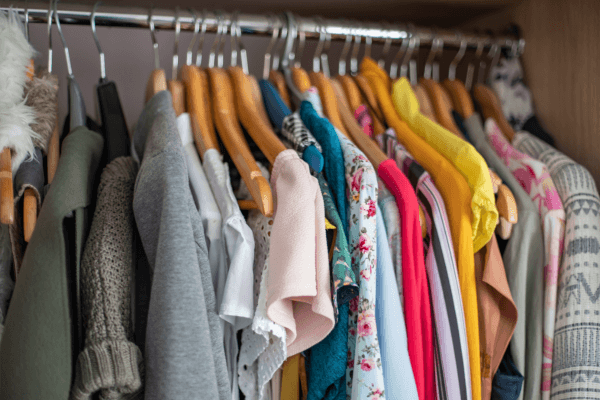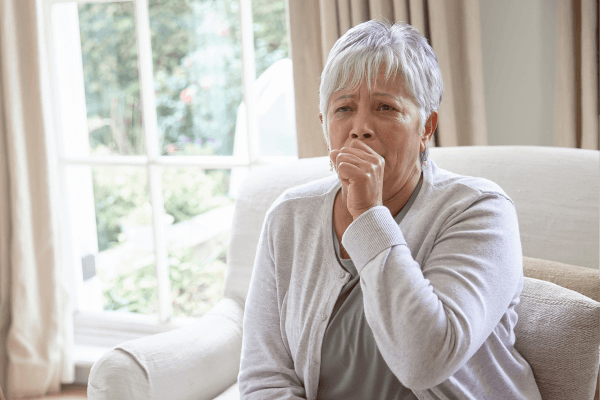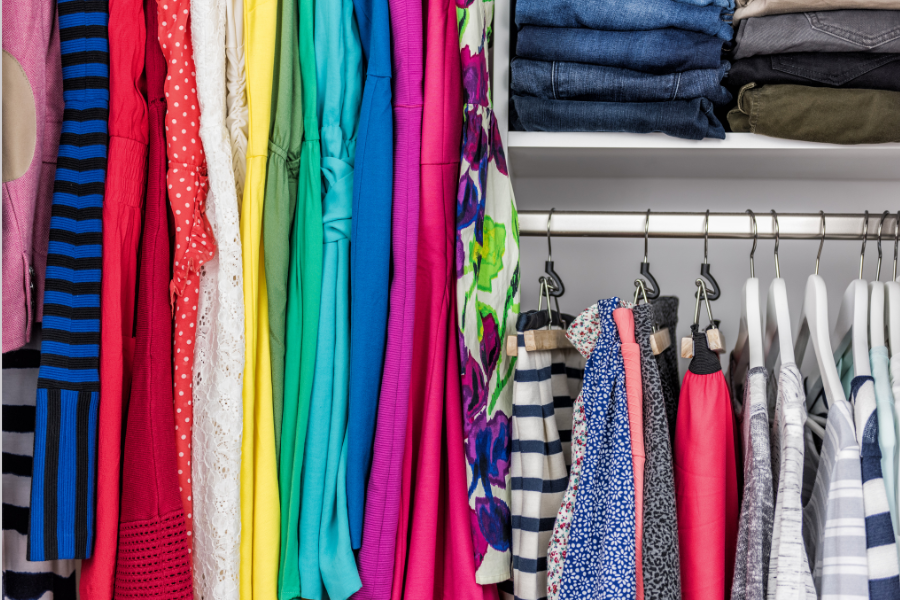Mold in your home’s closets may be challenging to detect at first. But eventually, you may notice a musty, damp smell. Or you may have seen dark spots on the closet walls or your clothing that come from mold. This article will explore the top five reasons why your closets may be moldy and provide tips on preventing and handling mold growth in your home.
Why Are Your House Closets Moldy?

If you have moldy closets in your home, moisture is likely the cause. Mold thrives in areas with moisture and poor ventilation. Consider five possible culprits and what to do about them.
1. Poor Ventilation
Poor ventilation can cause mold growth on walls and in closets. Without proper air circulation, moisture can accumulate, creating an ideal environment for mold growth.
How to increase ventilation in room closets
- Keep your closet doors open frequently to promote airflow.
- Install a room fan.
- Use a dehumidifier.
- Open room windows periodically.
2. High Humidity Levels
High humidity levels affect closets and allow moisture to linger. It is easy for mold to develop on bathroom or laundry room walls or closets. Take steps to reduce the humidity levels. You can use a dehumidifier or air conditioner to help control the moisture in the air.
How to decrease humidity levels in laundry rooms and bathrooms
- Use an extractor or ventilating fan in bathrooms while bathing or showering.
- Use an air conditioner.
- Regularly clean the lint trap in the clothes dryer.
- Add humidity-absorbing house plants to the room.
3. Water Leaks
Water leaks from a roof can travel into closet walls, creating a moist environment for mold. If your home’s roof is wind or rain-damaged or aging, contact a licensed roofer to determine if roof damage is the source of moldy closets.
How to detect and correct water leakage from a roof
- Schedule a roof inspection.
- Get a roof repair or a new roof.
- Schedule a yearly inspection after roof replacement or repair.
4. Dirty or Cluttered Closets
Cluttered closets are not airy and allow mold growth on walls, clothing, and the items you store in the closet.
- Regularly clean and organize closets.
- Vacuum closets.
- Regularly check walls for moisture.
5. Lack of Home Maintenance
Finally, a lack of home maintenance can also lead to mold growth in your closets. Factors other than a leaky roof can allow moisture inside, causing moldy closets and walls or ceiling stains.
Add these items to your home maintenance checklist
- Cracked masonry that allows moisture inside
- Ground moisture seeping inside the house
- Plumbing issues
- Poor attic ventilation
How Does Household Mold Affect Your Health?

According to the Centers for Disease Control and Prevention (CD), household mold can cause the following health concerns:
- Burning eyes
- Coughing
- Lung infection for people with chronic lung disease
- Skin rash
- Sore throat
- Stuffy nose
- Wheezing
What Should You Do About Moldy House Closets?
If you have moldy house closets, remove the mold, identify the source, and fix the problem. The CDC recommends removing mold from hard surfaces with soap and water or a gallon of water and one cup or less of bleach.
Summary
Protect your health by removing mold or moldy items from your home. Poor ventilation, high humidity levels, water leaks, clutter, or lack of home maintenance can cause moldy house closets. Reducing humidity levels, regular roof inspections, and home maintenance checks can help you detect and repair the cause of moldy closets. Contact a licensed roofer for a roof inspection if you suspect roof damage. Prompt action can stop the damage and prevent premature roof replacement.
Thurston Roof, a licensed roofer serving Raleigh, Durham, Clayton, Smithfield, Selma, and surrounding North Carolina communities, offers lifetime warranties on asphalt roof shingles and our craftsmanship.

